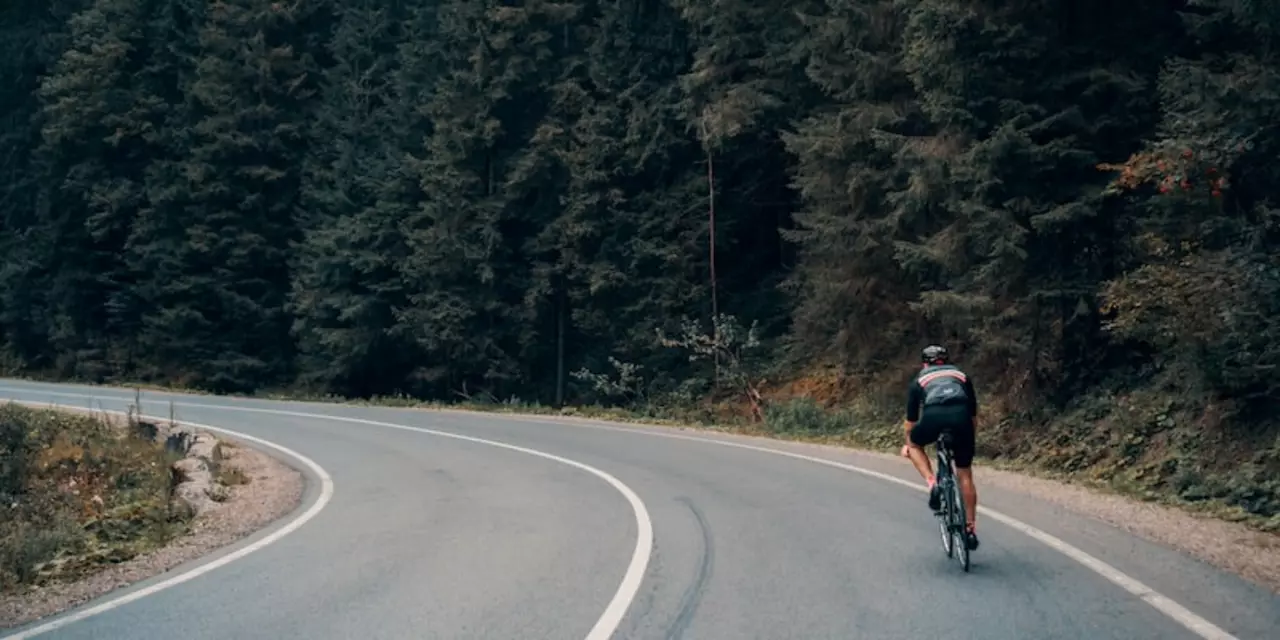Cycling Clothing: What to Wear for Comfort and Speed
What you wear on a bike matters almost as much as how you ride. The right gear cuts drag, reduces chafing, and helps you stay focused on the road instead of on aches. Below are the basics that every rider should know before slipping into their next outfit.
Choosing the Right Bike Shorts
Bike shorts are the foundation of any cycling wardrobe. Look for a tight, stretchy fabric that moves with you; loose material creates wind resistance and can cause rubbing. The most important feature is a good chamois – a thin, padded insert that cushions the saddle and wicks sweat. Replace the shorts when the padding starts to feel flat or smelly, because an old chamois can create hotspots.
Fit is a deal‑breaker. Shorts that are too loose will bunch up and cause friction, while those that are too tight dig in around the hips. Try them on without a bike first, then hop on a stationary trainer or a short ride to feel how the fabric behaves. If you notice any pinching or shifting, size down or try a different brand.
Layering for Different Weather
Layering works the same way it does for running or hiking. Start with a thin, moisture‑wicking base layer that keeps sweat off your skin. On cool days add a long‑sleeve jersey or a lightweight fleece. For windy or rainy conditions, a windproof, breathable jacket is essential – look for zip vents that let you release heat without taking the whole jacket off.
When the temperature drops below 10°C, don’t forget gloves, a cap under your helmet, and shoe covers. These small items trap heat where it matters most and prevent numb fingers or toes. In the heat, choose a loose‑fit jersey with mesh panels, a helmet with good ventilation, and consider a lightweight cap to shade your eyes.
Rain gear should be easy to slip on and off. A waterproof shell that seals around the cuffs and waist keeps your core dry, while breathable fabrics stop you from overheating. If you ride in light drizzle, a simple water‑resistant jacket might be enough; heavy storms need a fully taped jacket and shoe covers.
Cleaning your clothing correctly extends its life. Rinse bike shorts in cold water, avoid fabric softeners, and tumble dry on low or hang dry. Jerseys and jackets can be washed with a gentle cycle, but always follow the manufacturer’s label. A well‑maintained outfit stays elastic and continues to repel wind and water.
Finally, experiment with colors and visibility. Bright or reflective gear makes you easier to spot in traffic, especially at dawn or dusk. It doesn’t hurt to look good while staying safe.
With a solid pair of shorts, a smart layering system, and proper care, you’ll feel more comfortable, ride faster, and enjoy every kilometre more. Ready to upgrade your kit? Browse our blog for in‑depth reviews and find the perfect pieces for your next ride.
Do cyclists wear underwear?
This article addresses the question of whether cyclists need to wear underwear when riding a bike. According to experts, the answer is yes, because cyclists should wear clothes that are comfortable and provide the necessary support and protection, including underwear. Wearing underwear prevents chafing, which can be caused by the friction of clothing against the skin while cycling. Additionally, underwear can provide extra support, especially for long rides and provide a layer of protection from the elements. Lastly, the type of underwear worn is important, as the wrong type can lead to discomfort and other issues.
More